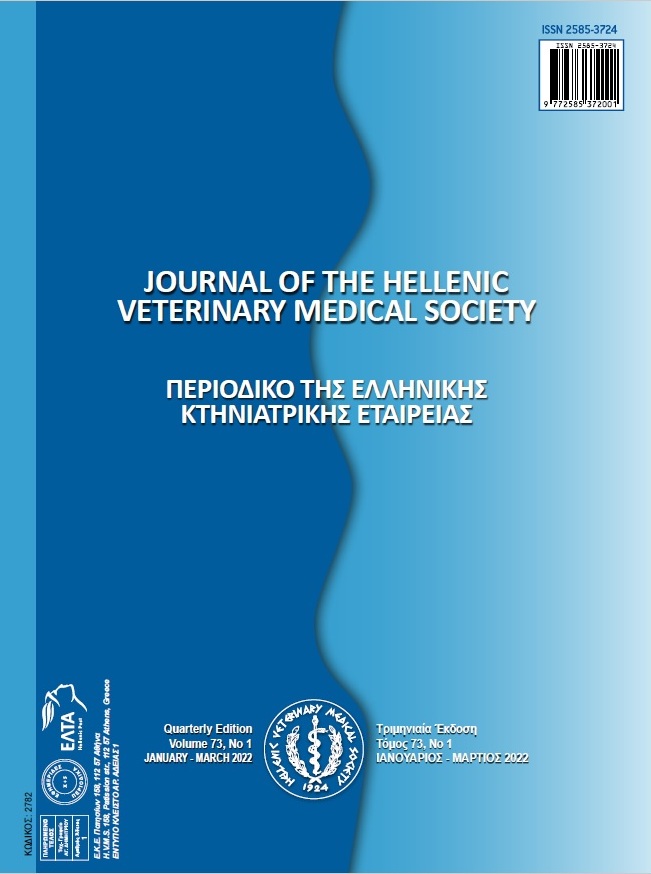Mycotoxins occurrence in food commodities, their associated hazards and control strategies

Abstract
Globally, the food is contaminated by various means but microorganisms are predominant factor in contaminating the food and agriculture commodities. Among microorganisms, fungi are mainly involved in the spoilage of food due to their diversified nature and minimal requirement for growth. The toxigenic fungi associated with mycotoxins, can grow during any stage of food chain including harvesting, handling, distribution and storage. Mycotoxins are fungal secondary metabolites and their production is influenced by various factors such as environmental conditions, crop type and storage conditions. Mycotoxins in agriculture commodities expose serious health hazards. This review entails different types of mycotoxins involved in the spoilage of food and agriculture commodities, their potential health hazard, maximum allowable limits of mycotoxins in different food commodities and possible control strategies. In developing countries, regulatory authorities need to establish quality control strategies and limits of mycotoxins in food, in order to ensure the consumer safety.
Article Details
- How to Cite
-
Akbar, A., MAJEED, F. A., Sadiq, M. B., Khan, S. A., & Rabaan, A. A. (2022). Mycotoxins occurrence in food commodities, their associated hazards and control strategies. Journal of the Hellenic Veterinary Medical Society, 73(1), 3853–3866. https://doi.org/10.12681/jhvms.26023
- Issue
- Vol. 73 No. 1 (2022)
- Section
- Review Articles

This work is licensed under a Creative Commons Attribution-NonCommercial 4.0 International License.
Authors who publish with this journal agree to the following terms:
· Authors retain copyright and grant the journal right of first publication with the work simultaneously licensed under a Creative Commons Attribution Non-Commercial License that allows others to share the work with an acknowledgement of the work's authorship and initial publication in this journal.
· Authors are able to enter into separate, additional contractual arrangements for the non-exclusive distribution of the journal's published version of the work (e.g. post it to an institutional repository or publish it in a book), with an acknowledgement of its initial publication in this journal.
· Authors are permitted and encouraged to post their work online (preferably in institutional repositories or on their website) prior to and during the submission process, as it can lead to productive exchanges, as well as earlier and greater citation of published work.


